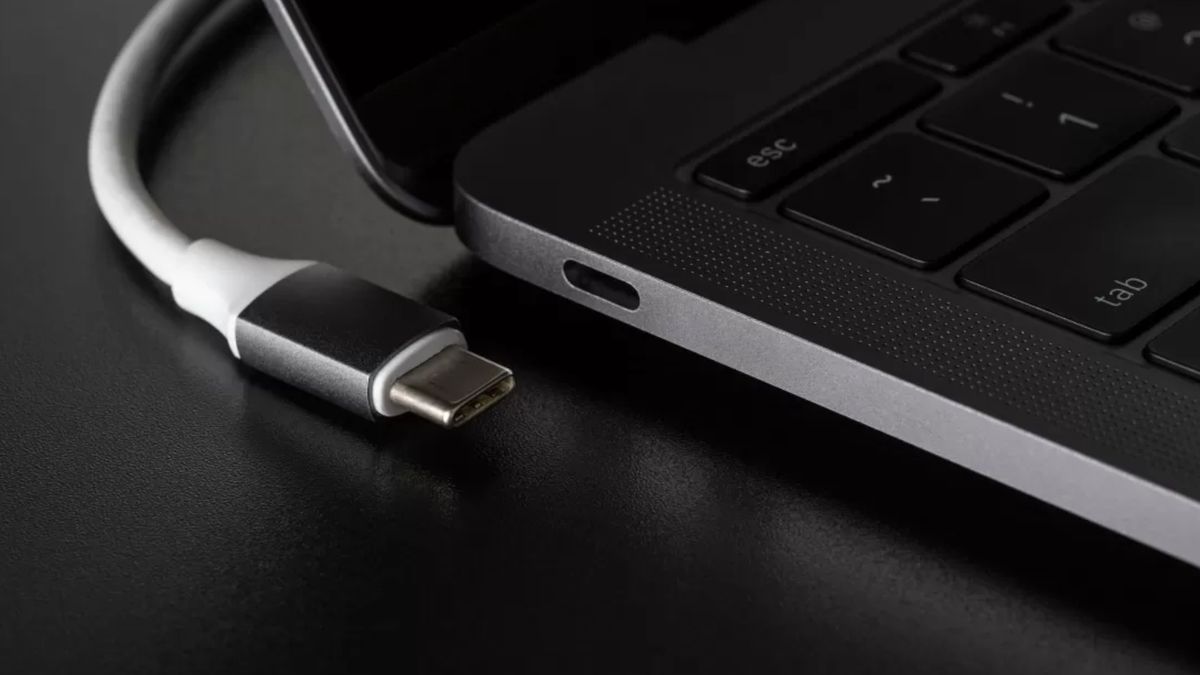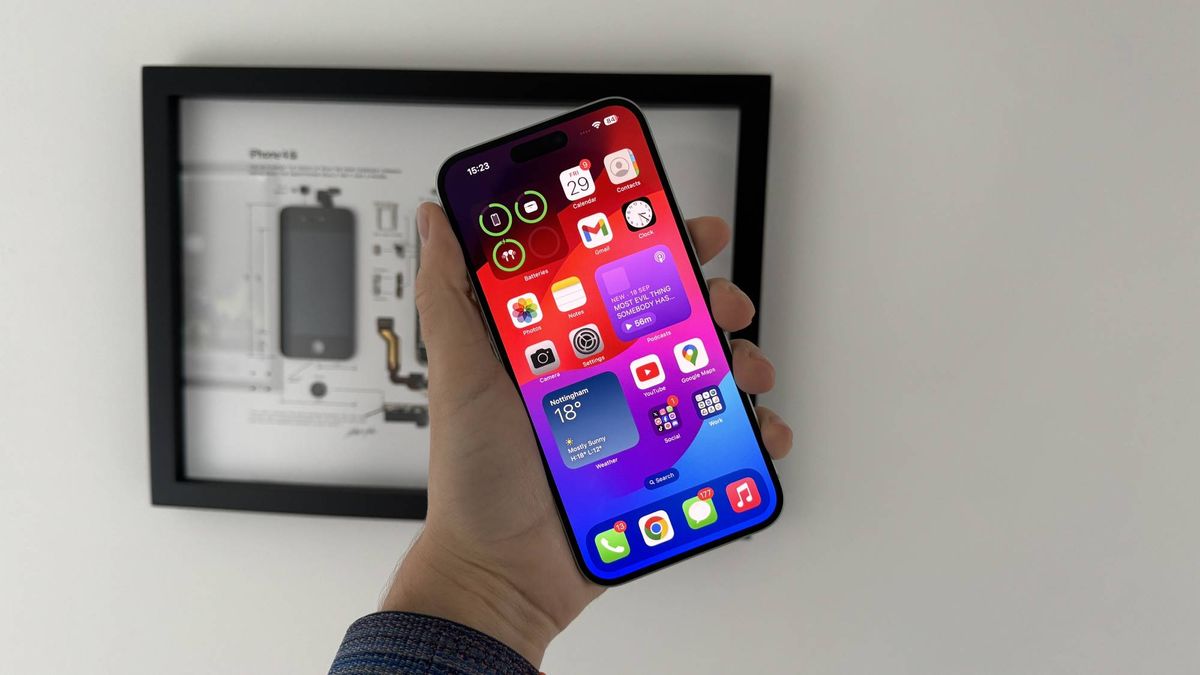

PHOTO:
Valerii
The workplace has seen its fair share of debate over how hybrid work should be managed. When employees should be in the office. When they shouldn’t. If they should at all.
The bottom-line is whatever hybrid-work approach organizations choose, there will naturally be plenty of technology needed to support their modern digital workplaces.
Just what kind of tech?
A Future Driven by Employee Experience Platforms (EXP)?
Organizations must prepare for and invest in the foundation for a full shift to modern employee experience platforms (EXP), Dion Hinchcliffe, VP and principal analyst of The New C-Suite, Future of Work and IoT for Constellation Research, wrote in his March 2021 report, “Employee Experience: Moving to a Decisive New Model for the Future of Work.” It will include an integrated suite of digital employee experience management capabilities “that is now clear as the ultimate end state for most organizations,” Hinchcliffe added.
Employee experience platforms are designed to listen to employees by gathering insights via surveys, text analytics, sentiment analysis and workplace application monitoring. They can provide integrations with existing workplace applications like collaboration tools and provide recommendations for managers and organizations how to better connect to employees and keep them engaged.
The hybrid workplace is a fraught, but vitally important, new work model that organizations face post-pandemic, Hinchcliffe said in an interview with Reworked. However, he added, this model will also represent the largest-ever group of divided workers: Those heading back to the office (about 60%), and those remaining to work home (about 40%).
“It will be vital to connect these two groups better across the location divide to collaborate efficiently, foster a common culture, onboard workers effectively in each location and keep them effective and productive as work is conducted across the gap,” said Hinchcliffe. “In short, hybrid work is going to be a top challenge and opportunity of 2021 and 2022 when it comes to employee experience.”
Related Article: Designing Performance Management to Work for Hybrid Work
Five Major Tech Categories To Support Hybrid Work
Of course, no one’s saying one type of platform will do the trick for hybrid-work success. Hinchcliffe said there are major new tool categories that were maturing just before the pandemic hit that will help organizations. He finds now that five major categories of apps can really help cross the hybrid divide:
- Digital Adoption Platforms: Just-in-time education and guided support to change and enable new behaviors for hybrid workers. Example: WalkMe.
- Machine Learning Workflow: Helping workers to easily automate their jobs themselves with intelligent support, so they can spend more time thinking strategically and engaging across the divide. Example: IBM’s Watson Orchestrate.
- People Analytics: Helping workers and organizations analyze their work and optimize it better, especially for workers that remain remote. Example: ActivTrak.
- Low Code for Citizen Developers: Assisting any worker in helping quickly build solutions out of existing apps and data, since workers at home especially are getting poorer visibility by IT or support. Example: Microsoft Power Apps.
- Work Coordination: Helping companies orchestrate the work of many employees around a central project or task, and not just track, but also execute, especially when they are highly distributed in a hybrid work situation. Example: Smartsheet.
Video Is a Must-Have
The work-from-home experience put workers on an even level, and in 2020, those who had always worked remotely no longer felt like second-class participants in meetings, according to Joe Berger, senior director of digital workspace for World Wide Technology. It leveled out meeting participation and positively impacted culture, he added.
“Moving forward, we know that nearly every meeting is going to have participants who are joining by video,” Berger said. “To make hybrid work really work for all, this means we’re going to see more video endpoints in more places added into offices. With higher levels of video traffic at the corporate campus, some organizations will need to re-evaluate their core network infrastructure and possibly add more wireless access points as well.”
Although social work relationships are maintained in a hybrid scenario, the work-from-home element of this way of working does, in some cases, bring some challenges in terms of communication and engagement, according to Sandrine Asseraf, group managing director at Webhelp.
“Video communication software remains the foundation for any engagement and communication in a mixed remote and on-site working environment,” he said. “The visual connection made through such tools plays a key role for managers and teammates to understand their colleagues’ emotions and intentions as explained by Mehrabian’s theory.”
Utilizing Digital Signage
Companies already have video endpoints or digital displays in every conference room. With just a few clicks, IT can turn these displays into signs that inform employees what the max capacity of a room is, when it was last cleaned, welcome employees back and display company news or updates, Berger said.
“The signage and notifications don’t have to stop at the office,” he said. “You can also broadcast that same information that employees see on the screen and push it out to the remote employees via the chat clients. We see this as a great way to reinforce culture and inclusion to those employees that aren’t back in a physical office.”
Related Article: Is Hybrid Work Really About Convincing Employees to Return to the Office?
Space Management Applications To Set People Limits
When employees are given free choice of when they will come and go to the office, facility managers have to manage space more proactively, Berger said. There are a couple of space management solutions that allow facilities to set limits on how many people can work on-site in each building or on a particular floor.
“Imagine using an app to request a building pass on a given date,” Berger said. “You receive a QR code that serves as your pass to enter your building or floor. This same space management software is what enables IT or facilities to make certain desks available on a reservation-basis.” Examples: Appspace, and Teem/iOffice.
Ways to Engage a Hybrid Workforce
As some employees head back to the office after more than a year of working from home, employers need to get creative when it comes to keeping teams connected when those teams might not be working in the same room,” according to Tom Goodmanson, CEO of Calabrio.
Goodmanson cited employee-facing virtual assistants to support all team members to achieve a work-life balance via their schedule requests, or gamification platforms to help employees interact and establish friendly competition, regardless of their location. Gamification platforms can provide great opportunities to keep engaging the teams at home alongside their peers in the office, boosting team spirit, according to Asseraf.
“Finally, as ‘screen fatigue’ is a real challenge, virtual event platforms can provide a great mind-exchange opportunity as well, bringing teams together to tackle business issues in an interactive manner and ensuring teams and employees company-wide stay actively involved, rather than just passively attending prerecorded or live video meetings,” Asseraf said.
Security Through Endpoint Monitoring, Machine Learning
Security should of course be fully embedded in company culture and business processes but also stand on tech solutions, according to Asseraf. Basic security ensuring the right person is accessing the information on a secure network should include VPN, USB control, MFA, etc.
“A key preoccupation in implementing security technologies should always be the balance between the employee experience and their right to privacy, and the additional gain in security by implementing further measures,” Asseraf said. “Depending on the scenario — e.g., employees handling very sensitive client data such as banking information — enhanced security solutions could leverage endpoint monitoring, pattern recognition capabilities and machine learning to detect suspicious behaviors such as the use of unapproved WiFi networks, geolocation, printing outside of office hours and automatically enforce policies.”
Biometric identification through keystroke analytics and advanced biometric solutions based on facial or voice recognition are next-generation developments in ensuring the right user is using the endpoint. Especially when implementing biometric security, it’s key that these measures are used at authentication moments only and not throughout the day, according to Asseraf.
Corporate Knowledge Bases
In his new role as vice president of LogMeIn’s Digital Workplace team, Chris Perrotti said the move to hybrid work has meant a shift away from siloed technology meant to support just in-office workers toward outcomes-based solutions.
“Above all else, the technology and tools we use need to go beyond video conferencing to combat information isolation and ensure clarity of expectations and outcomes,” Perrotti said. “These include tools like corporate knowledge bases, goal and process tracking software, and platforms to support asynchronous communication and collaboration amongst teams.”
Related Article: How to Support BYOD in the Remote and Hybrid Workplace
Voice-Activated and Voice Assistance Software
Voice-activation and voice assistance has been built into a lot of consumer technology; everyone knows Alexa and Siri. Those same features can be enabled at the workplace in conference rooms. They’ve existed for some time, but now we finally have the push to ask IT to enable those features in every conference room, according to Berger.
“Use voice commands to start a meeting, or call a colleague and ask them to join,” he said. “AI has advanced by leaps and bounds over the past two years, and now we’re seeing it play a truly functional role in our meetings, starting calls and even taking notes for us.” Example: Cisco’s Webex Assistant.
Putting All the Pieces Together
Nick Iovacchini, co-founder of KettleSpace, said that with the right tools, a hybrid work model will help HR leaders retain and attract top talent, achieve inclusion goals and support employee engagement with the same rigor, depth and transparency as in the pre-hybrid days. “With strong infrastructure in place that gives hybrid more clarity, measurability, and adaptability,” Iovacchini said, “employers and employees can work together to coordinate in-office and remote activities, gather data on what’s working and over time optimize for the ideal blend of hybrid.”





